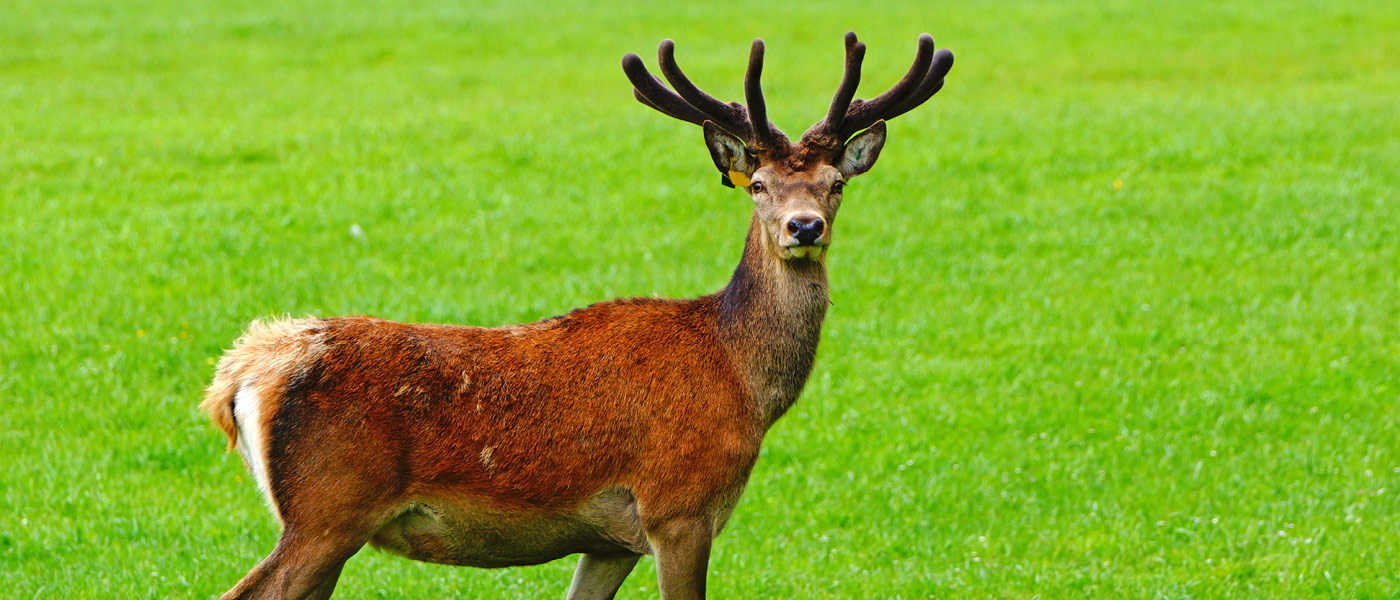
Velvet production is highly heritable, meaning that much of the velvet weight and characteristics achievable from your stags are due to their genetics – however, for them to express their genetic potential they require optimal feeding. Good feeding rewards good breeding.
Of course, good feeding is important at all ages and stages to ensure target weights are achieved, as even poor feeding of stags in early life can decrease velvet production later on. But there are a few key times to ensure the current seaso’s velvet production is not compromised.
One of the key times for stag feed requirements is post-rut. Weight recovery of mature stags post-rut and maintenance through the winter, are really important and readily achieved with targeted feeding. Under-feeding post-rut and in winter will lower velvet yield by up to 10%. Hopefully, you managed to get good weight back on post-rut and your stags have come through the winter in good condition.
The next key time is 3-4 weeks before button drop. It is important to provide your stags with a lift in feed quality from what they were on in winter. The penalty for not doing this is delayed casting and reduced velvet yields.
Velvet growth rates of up to 2cm/day are possible in the spring, but stags need a high protein ration to achieve this. Undernutrition at this time can depress yields by up to 20%. Good leafy spring pasture is an excellent high-protein feed but needs to be unsoiled and at least 13cm in height. If you have an adequate supply of this quality spring pasture, then there is little evidence that adding a high value/cost protein supplement will increase velvet yields further. However, if quality pasture is not available yet, then it is important to offer high-quality alternatives such as winter fodder crops supplemented with high protein feeds like processed feed nuts or PKE.
Baleage made from chicory, red clover, or lucerne, fed ad lib with 1.2kg whole grain/ head/day, can also be a good supplement. Pasture silage may not be an adequate feed to meet protein requirements. Remember to ensure any supplementary feed is well spread out to avoid stags fighting when competing for food.
Do not forget to ensure other key animal health requirements (eg trace element testing and/or supplementation) have been ticked off to help your stags achieve their potential. This will go some way to protecting deer during the velvet removal process too.